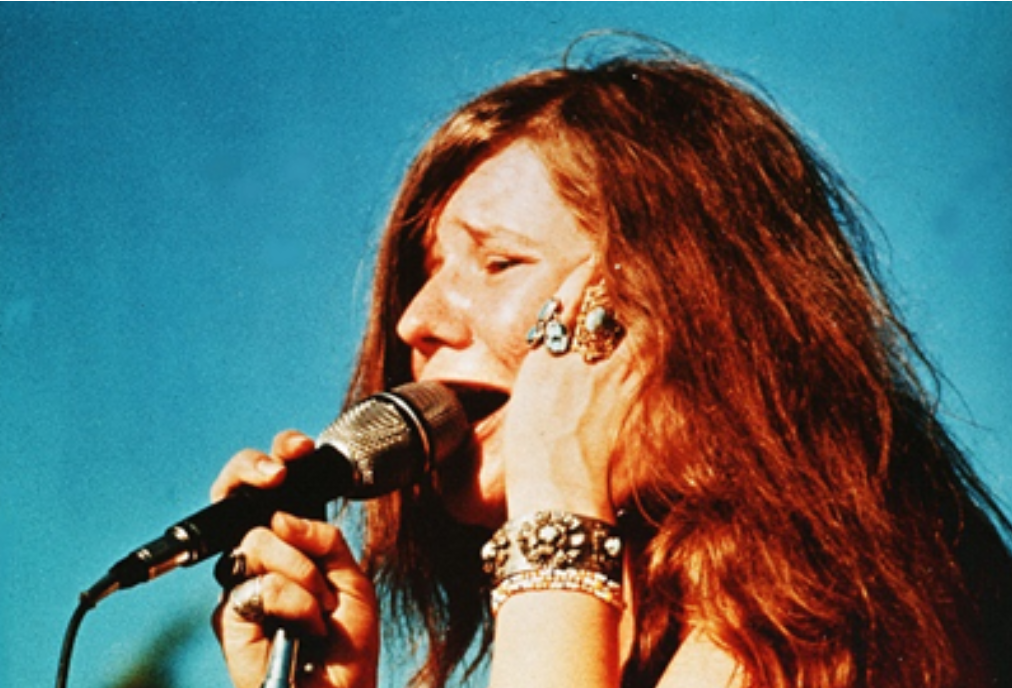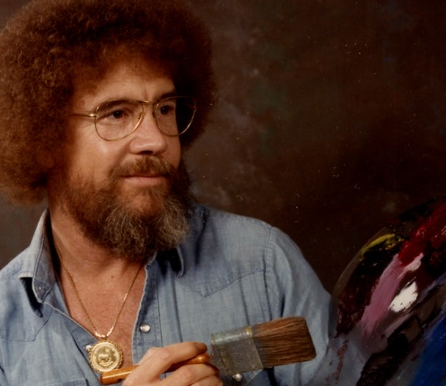Call 419.569.8716 for a free consultation.
Vox Memoriae
(Voice Memories)
In this blog, we celebrate the uniqueness of the voices that take us back,
that color our thoughts, that cause us to pause and listen.
VOX MEMORIAE 003: Bela Lugosi (actor)
“Children of the night…what music they make.”
--Dracula (1931)
This line, from the very first Universal Studios Horror Classic, is still sufficient to give anyone chills, even if they’re not a horror fan like me.
Hungarian by birth, Bela Lugosi performed with great success in his native country, on the stage and in silent films. But his career was always beleaguered, either by political insurrection (a failed revolution in Hungary & the rise of Nazi Germany) or by his various addictions: morphine, methadone, & alcohol.
But his voice and delivery as Bram Stoker’s—actually, Hollywood’s version of Stoker’s—famous vampire would catapult him to international fame and eventually to the status of an icon. Almost two decades after Lugosi’s death, children of my generation would be introduced to the “dracula voice” through characters like The Count on Sesame Street. Eventually, monster lovers like me would cherish his work and legacy (even though I am more of a Karloff person, myself…sorry Bela).
Lugosi first performed Dracula on the American stage. It is said that he had to sound out the lines in rehearsals; he was still learning to speak English. Imagine, this man’s voice was so powerful, that producers didn’t even care that he couldn’t speak the language. He would end up touring in the role and perfecting it; eventually, he would be cast in the film.
Unfortunately, with all the fame that the role brought Lugosi, it also stagnated his career. Since he couldn’t seem to shed his Hungarian accent—which was an obvious factor in his first winning the role—he was limited to the other roles he could play, and would wind up typecast in supporting roles and cameos, when, by all rights, he should have enjoyed at least a modest career as a leading man, before moving into character roles.
A testament to the respect that must be paid Bela Lugosi’s unique voice, is the performance of Martin Landau in the Tim Burton film, Ed Wood (1994). Landau portrays Lugosi near the end of his life, still struggling with drug addiction and his marginalization by the Hollywood system. At no point does Landau do the “Dracula Voice.” He, as literally as an actor could, embodies the voice, delivery, and spirit of Lugosi with sensitivity and dignity.
Check out this clip from one of my favorite Lugosi speeches; it’s from The Black Cat (1934)—very loosely based on the story by Poe (the only similarity is that there is a black cat in the movie). Notice Lugosi’s handling of the phrase “supernatural baloney.

VOX MEMORIAE 002: Janis Joplin (singer)
She did everything to her voice that you’re not supposed to do. But Janis Joplin’s banshee wail is not only iconic of 60’s rock, but of the 1960s as an era. To me, it’s one of the best examples of a generation’s need to break from their country’s suffocating status quo and express themselves with primal passion.
Her signature rasp and bluesy scream, especially in songs like “Piece of My Heart” & “Down on Me” usually draw the focus of critics and fans alike. And, as so often happens with Janis—and other artists with similar vocal character—the scream becomes anathema to the tonal perfection that many vocalists—and voice teachers—strive for and zealously protect as the “right way to sing.”
Don’t get me wrong, I appreciate a lovely, beautiful vocal sound. But my soul is more often stirred by rawness, by what Joe Jackson called “whiskey soaked singing.” There’s always been something about “perfect” vocal technique that, to me, seems a bit like a façade. Hiding one’s soul behind precise tonality and a mechanical vibrato (dare I say, The Broadway Style).
Granted, if you use Janis as a model for vocal performance, you are going to damage your precious cords. But if you listen to Janis, and watch her perform, she seems to have no interest in technique, or how the lack of it might injure her voice. The soul is funny like that. Watch Janis’ Monterey Pop Festival performance of “Ball & Chain”. It is so unbridled, that a few times you hear her voice crack. Was this the self-abuse that voice teachers abhor? Or, was it the soul’s expression manifesting itself through a happy accident? Whatever it was—if Mama Cass’ reaction is any indicator—it was hypnotic, compelling, and galvanizing.
We can only wonder how Janis would have developed as a vocalist had she not been taken from us so soon. Would she have embraced the 70s Arena Rock style or the cocaine-fueled overproduction of the 80s? She certainly would’ve been pressured toward both by the music industry. But something about the spirit of Janis’ voice tells me that she would not have been hemmed in by the same hit-obsessed record companies that brutally stifled the voices of iconic singers like Ann Wilson and Grace Slick.
I think she would have taken a drag on her cigarette, presented her middle finger, then wailed, shook, and shredded some pure blues—the way she does in my favorite of her songs—with unbridled expression, undistilled passion, and uncompromised artistry.


VOX MEMORIAE 001: BOB ROSS (painter, educator)
Comedian Patton Oswalt, one of my heroes, once described Bob Ross as a “human quaalude.” His voice is famous for being soothing to the point of putting one to sleep. I sometimes think that I have never seen most of the creation of a Bob Ross painting, because I would so often be lulled into unconsciousness by his reedy, quiet voice.
Here’s the thing: Artists dread tension. It’s a performance killer. And what Bob Ross does, just by using his natural voice, is create calm, which I think is why so many people—not just artists—are drawn to his TV show.
Out of that unique calm, comes joy, which is the point of being an artist, right?
I remember when I was a kid, sitting on the couch, watching Bob paint. There would just be a few colors on his canvas, a sky, a swatch of grass, the beginnings of a mountain. Then, I would wake up, and the painting would be finished. And I didn’t feel disappointed that I’d missed most of it’s creation.
It’s almost as if Bob’s voice gave you permission to sleep through his process. I get the feeling he would not have minded. His gift would still be waiting for you when you woke up.
Check out this video: Bob Ross - Secluded Bridge (Season 10 Episode 4) - Bing video
It’s from the from Bob’s seminal program, The Joy of Painting. Notice how Bob’s voice changes as he works. It seems like he’s using his natural tone, coloring, and cadence as a guide for his tools, to help bring the painting into existence.
Also, notice the delightful joy and amusement he gets from working. Have a mind to how your posture and mood changes as you listen. And don’t worry if you fall asleep.


